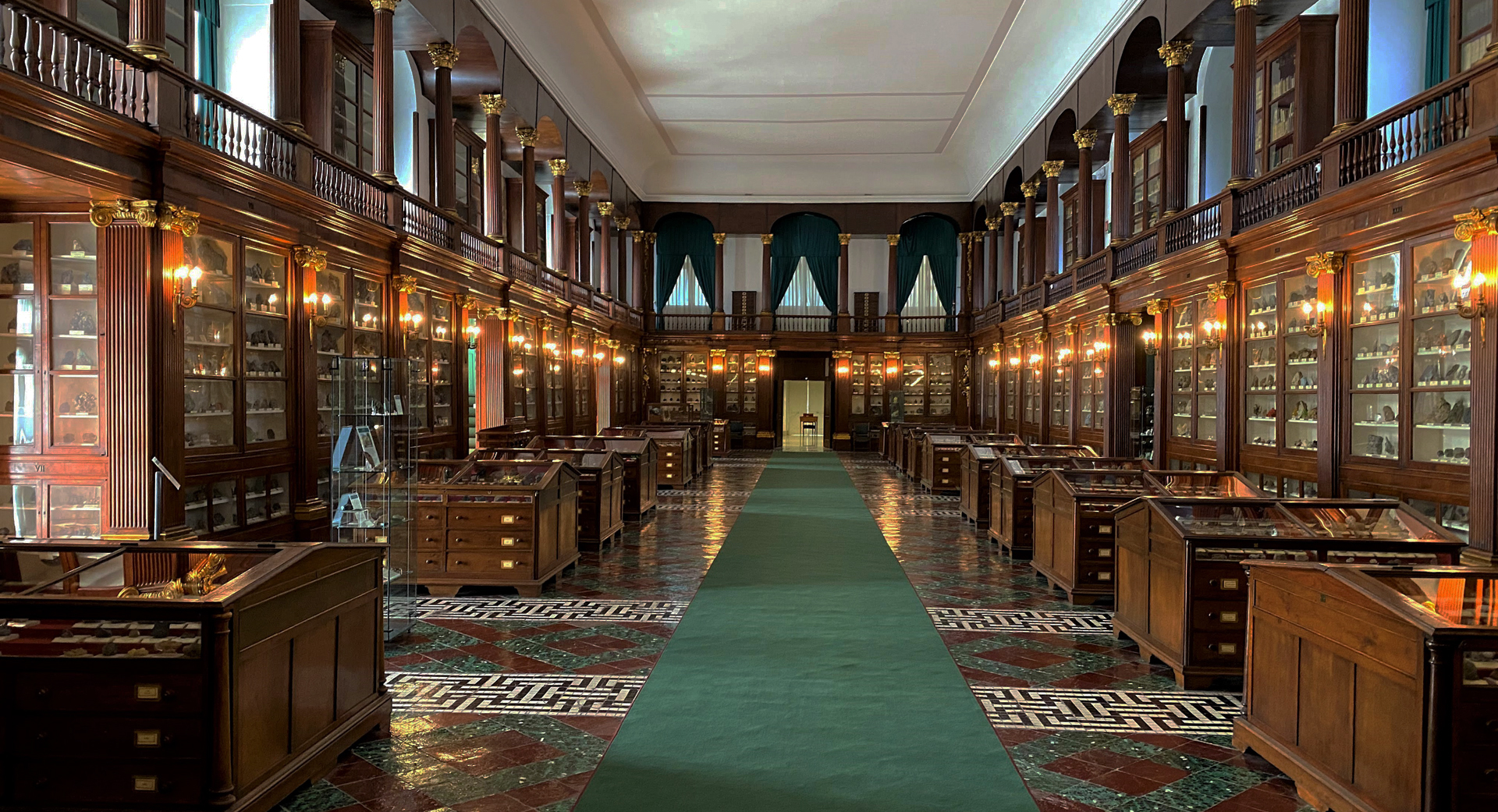The relationship between the members of K’ Nature and the Museum Center of Natural and Physical Sciences of Naples is a connection that began more than twenty years ago. It is precisely among these rooms and among these exhibits that the associates began to deepen their bond with the Natural Sciences at a very young age, to then strengthen it during their academic education.
Precisely for this reason we are thrilled to announce the start of our collaboration with the Museum Center of Natural and Physical Sciences of Naples of the University of Naples Federico II for what concerns the educational and dissemination activities of the 5 museums.
Invertebrate room - Museum of Paleontology.

The Museum Center, established in 1992, is located in two locations in the historic center of Naples: the ancient Collegio Massimo dei Gesuiti – with the Museums of Zoology, Mineralogy, Anthropology and Physics – and the Historical Complex of Saints Marcellino and Festo – with the Museum of Paleontology.
This boasts a very high scientific and historical value, thanks to a total collection of about 300000 exhibits from all corners of the world and of considerable architectural interest linked to the indisputable beauty of many of the exhibition areas.
Waiting to deepen – in a specific section of our website which will be online very soon – what will be the educational activities, for schools of all types and levels, and the dissemination activities, dedicated to citizens and tourists of all ages, we will briefly present you the museums of the Center.
MUSEUM OF ZOOLOGY
The Museum of Zoology was founded in 1813 by the will of king Gioacchino Murat. The first collections were set up by the doctor Luigi Petagna in rooms of the former Collegio Maggiore dei Gesuiti.
In 1845 the Main Hall was inaugurated with a smaller hall adjacent to it. During the 19th century, illustrious naturalists increased the collections: Giosuè Sangiovanni, Stefano delle Chiaje, Paolo Panceri, Achille Costa.
Panceri is responsible for a rich collection of skeletons, including the well-known “elephant of Portici” (Elephas maximus) and the “whale of Taranto“, the only museum specimen of a North Atlantic Right Whale (Eubalaena glacialis) found in the Mediterranean. Costa is responsible for one of the most important Italian entomological collections, with about 100000 specimens.
At the beginning of the 1900s, Francesco Saverio Monticelli increased the collections, arranging them according to criteria based on evolutionary theories, integrating them with the rich ornithological collection of the doctor Mario Schettino and creating the Central Italian Helminthological Collection, of national interest.
Unfortunately, the Museum suffered considerable damage during a bombing in the summer of 1943. After the war it will be Mario Salfi who will lead the Museum towards the rebirth, with the restoration of the halls and the reorganization of the collections, giving it the structure still today. visible to visitors.
Main Hall - Museum of Zoology.
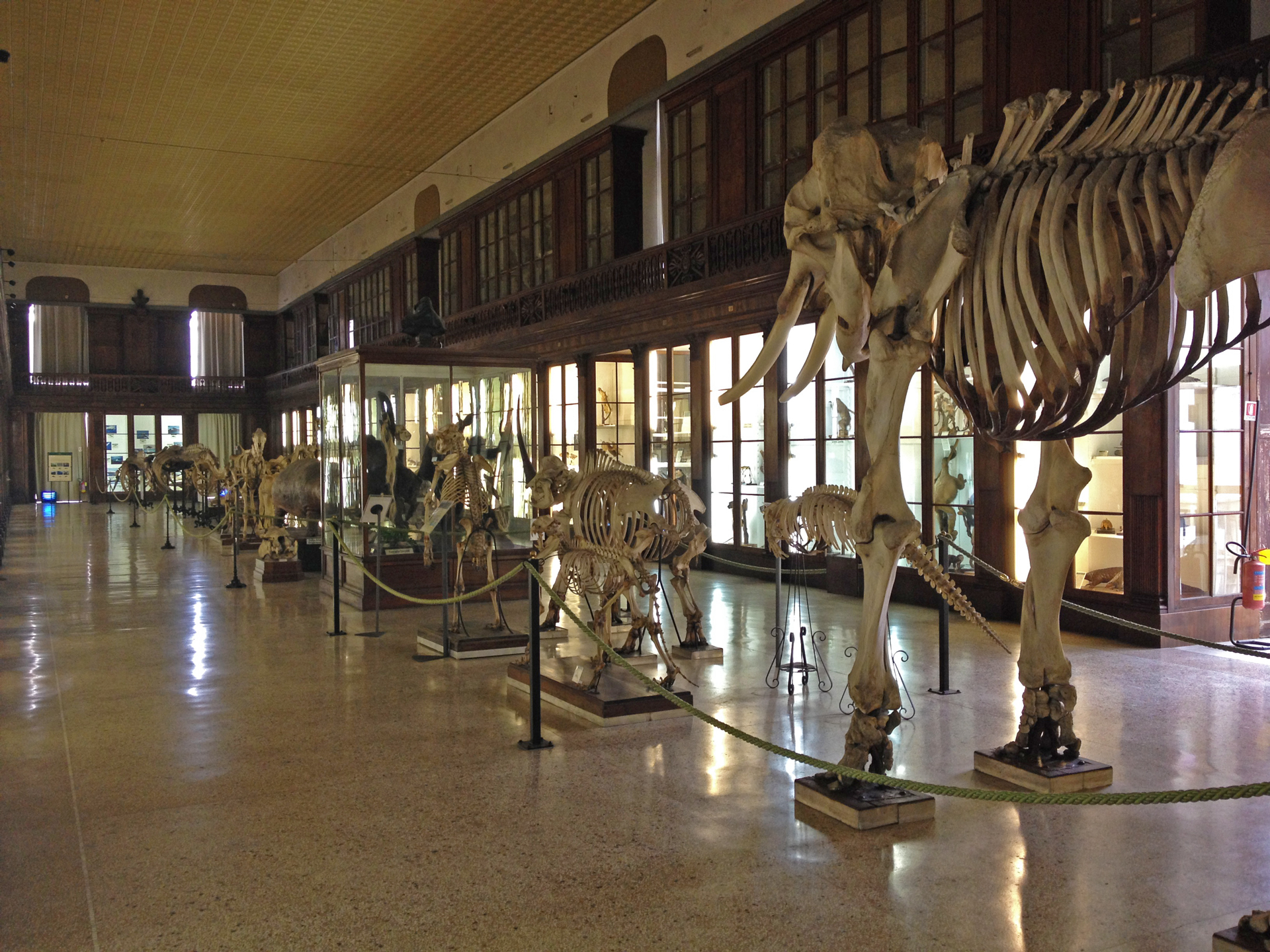
Among the Mammals – about 1000 specimens – worthy of note are for example: a specimen of Mediterranean Monk Seal (Monachus monachus) from the Gulf of Naples; the Crescent Nail-tail Wallaby (Onychogalea lunata) extinct species since 1956; the big cats, including a Sumatran Tiger (Panthera tigris sumatrae), collected during a fruitful period of collaboration with the Zoological Garden of Naples. From the same zoo also comes a Spix Macaw (Cyanopsitta spixii), extinct in nature, which is added to an ornithological collection of about 2400 specimens– and which includes among other specimens found in the territory of the city of Naples as a Great White Pelican (Pelecanus onocrotalus) and an Eurasian Eagle-owl (Bubo bubo).
Among the Reptiles – about 900 specimens– two mummified heads of Nile Crocodile (Crocodylus niloticus), collected by Paolo Panceri in a necropolis dedicated to these sacred animals in El-Maabdeh, during his expedition to Egypt in 1873-1874.
Arctic diorama - Museum of Zoology.

ROYAL MUSEUM OF MINERALOGY
Established in 1801 by Ferdinand IV of Bourbon as an important research and enhancement center of the mineral resources of the Kingdom of Naples, the Royal Museum of Mineralogy hosted illustrious mineralogists of international fame such as Arcangelo Scacchi and Matteo Tondi.
The rich museum heritage consists of about 15000 finds from all over the world. Among these, the Museum boasts many samples which, for their size and beauty, represent real rarities, as well as finds of extreme historical-scientific interest, since they come from disused mining sites or from outcrops now non-existent.
The main exhibition hall is the Monumental Hall which contains the Great Collection of minerals. Among these, the original nucleus consists of the many samples collected since 1789 by six young mineralogists in mining districts throughout Europe. The finds are arranged in large wall cabinets, which originally housed the Jesuit book collection, and in horizontal showcases built in 1955 by the then director Antonio Scherillo.
Monumental Hall - Royal Museum of Mineralogy.

Adjacent to the Hall, a bright room dedicated to his installer Arcangelo Scacchi hosts the Vesuvian Collection, of exceptional value and scientific interest as it is unique and unrepeatable as numerous mineral species present here are no longer generated. The Collection of Artificial Crystals and the Medal Collection are also set up in this same room.
The Vestibule hosts the Collection of the Great Crystals, unique pieces in size and beauty, such as the pair of hyaline quartz crystals from Madagascar, donated to Charles III of Bourbon in 1740 and transferred to the Museum in the early nineteenth century. On the other hand, two showcases contain the Collection of fluorescent minerals, of which it is possible to admire this particular optical effect through the lighting of particular lamps (Wood’s lamps).
Two collections are set up in the room dedicated to Antonio Parascandola: the Collection of Tufi Campani, made up of 660 finds of which 187 on display, and the Collection of Meteorites consisting of both foreign and Italian finds, including a chondrite that fell in Agrigento in 1853. Finally, in the hallway at the entrance to the Museum, the rich Collection of Historical Instruments and the Hard Stone Collection are preserved, displayed in three circular showcases that allow the visitor to follow the processing steps from the raw stone to the finished product.
Rhodochrosite - Royal Museum of Mineralogy.
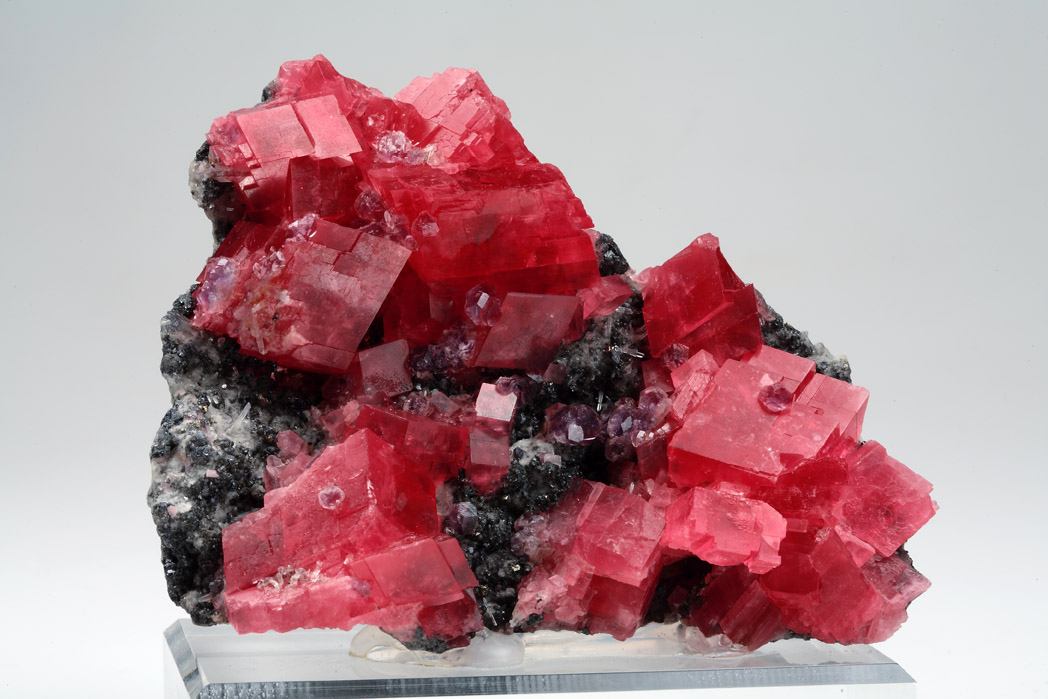
MUSEUM OF PALEONTOLOGY
Fourth for formation in the Museum Center, the Museum of Paleontology was established in 1932. The structure is divided into several rooms, including the Room of the Great Chapter – with its extraordinary eighteenth-century majolica floor – also known as the Dinosaur Hall, thanks to the presence of the famous and well preserved skeleton of Allosaurus fragilis.
Allosaurus fragilis - Museum of Paleontology.

The Museum hosts collections of great importance, with a total of about 50000 finds. Among these, how not to mention the fossils from different Campania locations, such as the fossil fishes of Castellammare, Giffoni Valle Piana and Pietraroja. And it is precisely in this last fossil site that Ciro – scientifically known as Scipionyx samniticus – was found, the young dinosaur whose cast is located right inside the Museum.
Among the finds dating back to different geological eras, the Mammals of the Cenozoic Era also stand out. These include the complete skeleton of Ursus spelaeus, the cast of the antlers of Megaloceros giganteus, the reconstruction of a Homo neanderthalensis and the skull of Elephas antiquus italicus, found in the Liri Valley (FR).
Scipionyx samniticus - Museum of Paleontology.
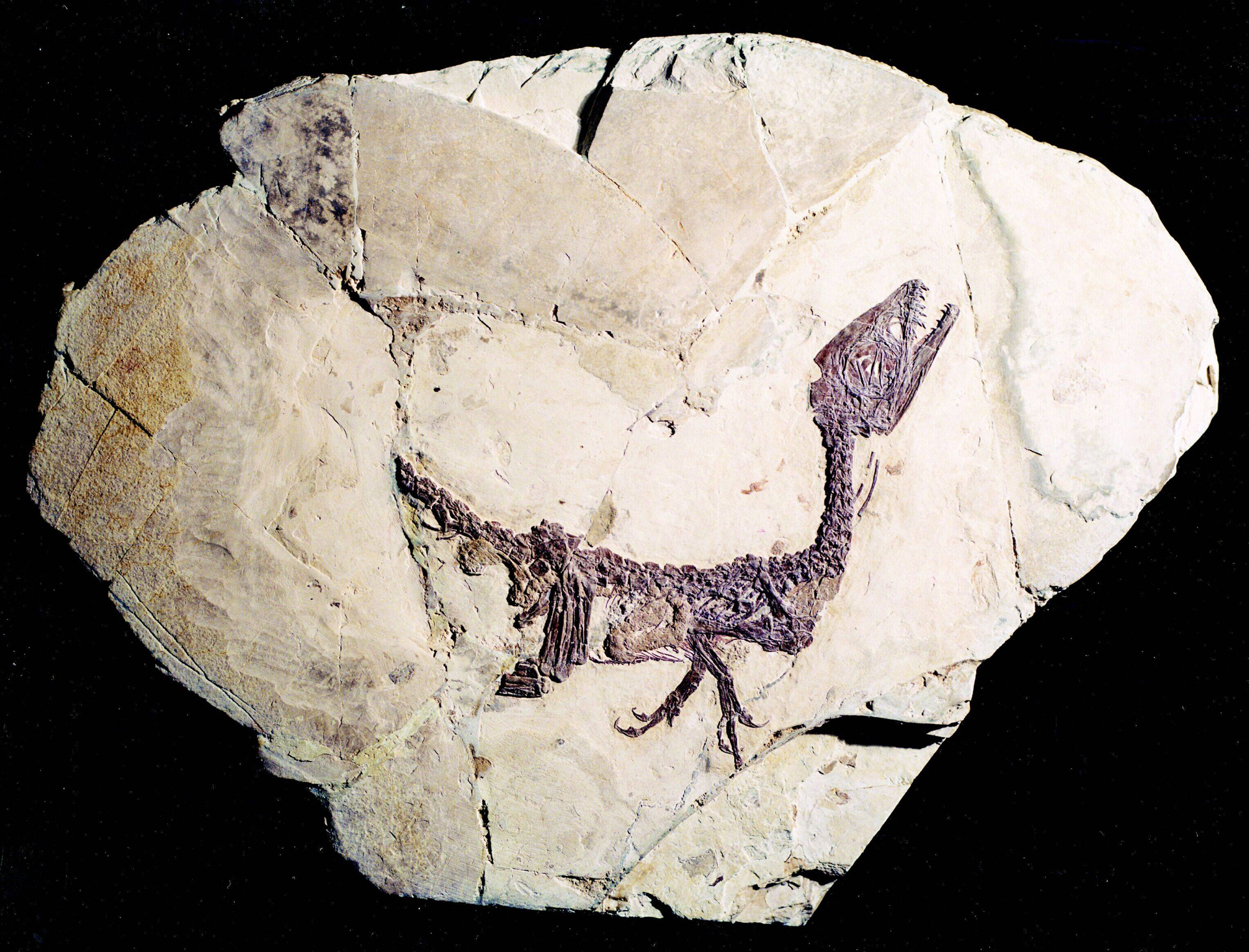
MUSEUM OF ANTHROPOLOGY
Established in 1881, the Museum of Anthropology boasts a heritage of over 26000 artifacts. The osteological, archaeological and ethnographic collections, exhibited in the three rooms in which the Museum is divided, illustrate the evolution, biodiversity and ancient human pathologies.
The skulls affected by morphological anomalies and traumas belonging to the Skull collection of Giustiniano Nicolucci, first director of the Museum, are very interesting from a scientific point of view. Evocative are the finds of tattooed human skin resulting from Abele De Blasio’s research in the field of Criminal Anthropology.
Exhibition room - Museum of Anthropology.

Precious bifacial from the Paleolithic, Neolithic axes in polished stone, ceramics from the Metal Age, African leather shields and ceremonial temples of the Maori, from nineteenth-century and early twentieth-century collections, document the culture of man from prehistoric times to today. The collection of “facial masks modeled on the living” created by the anthropologist Lidio Cipriani, depicting 90 men and 30 women from different African and Asian populations, is prestigious.
Among the finds recently exhibited, four South American human mummies from the pre-Columbian era (including the Mummy from Cobija found in Chile): a precious biological and cultural archive whose original funerary context has been reconstructed thanks to a project of study, recovery and storage.
Mummy from Cobija - Museum of Anthropology.

MUSEUM OF PHYSICS
The Museum of Physics of the University of Naples Federico II, established in 2000, hosts about 800 instruments – essentially of nineteenth-century origin – whose history is closely linked to the historical events of the city of Naples and its University.
This also boasts scientific instruments that arrived in Naples in 1734 following Charles of Bourbon, a heritage that was enriched with numerous other instruments purchased both in Italy and abroad, assuming the appearance of a real physical Cabinet.
With the unification of Italy, the collections of the Royal Cabinet were handed over to the University. Among the instruments we mention Amici’s Microscope and Gambey’s compasses which, together with other finds, make up the current “Collection of the Bourbon Royal House“. The Museum also exhibits the instruments used by the physicist Macedonio Melloni, called in 1839 to direct the fledgling Meteorological and Vesuvian Observatory.
Exhibition hall - Museum of Physics.
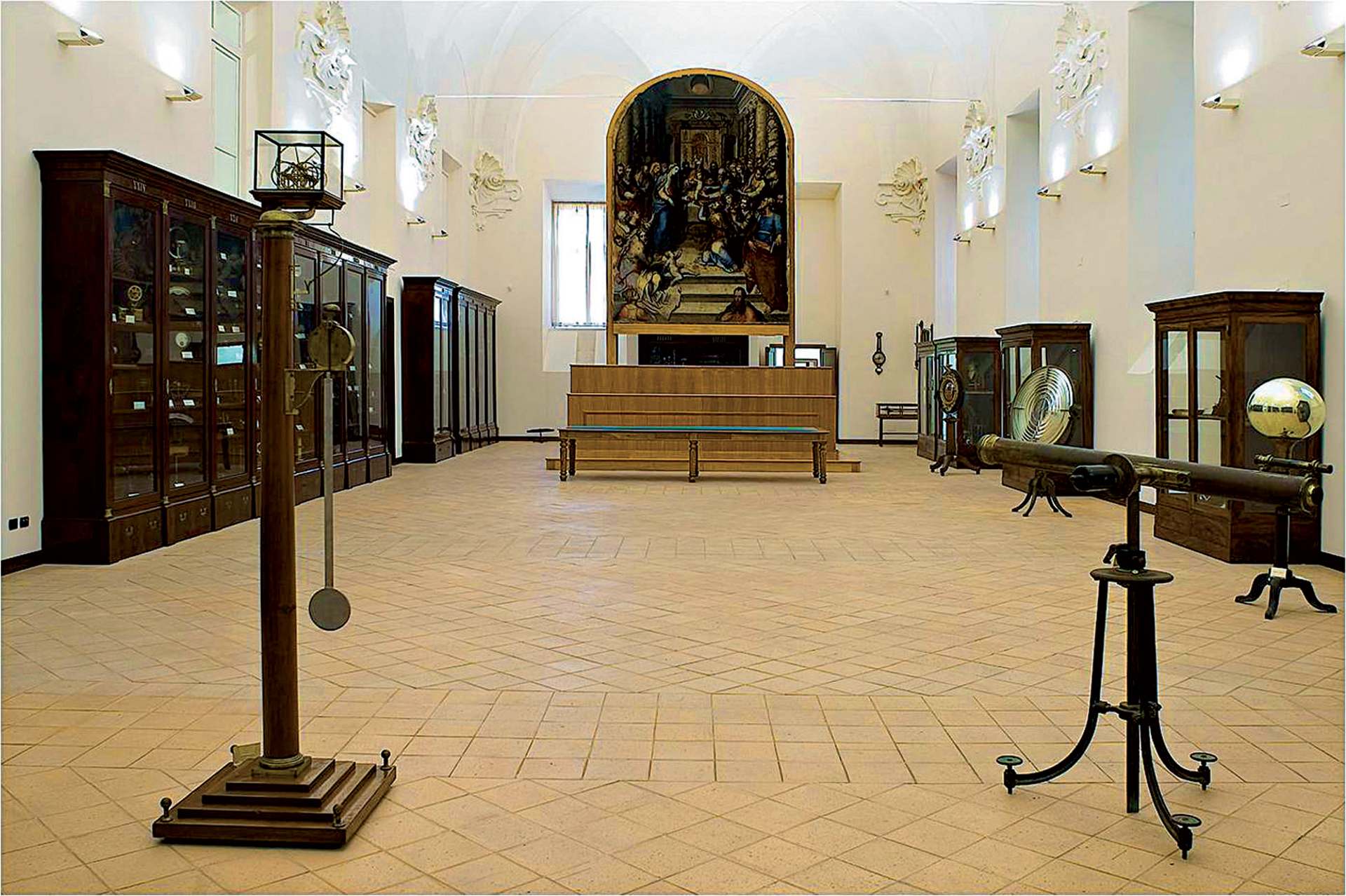
Of great importance are also the optical instruments of the university Physics Cabinet, founded in 1811 by Gioacchino Murat. Of this original collection are still preserved some Kaleidoscopes, the Anamorphoses with a conical and cylindrical perspective and the Light room created by de Conciliis.
Under the direction of Gilberto Govi, the Physics Cabinet was enriched with very high precision devices such as the Cathetometer, the Dividing Engine and the Deleuil Balance. Further important instruments were later acquired by Emilio Villari: the Quadrant Electrometer and the Rheometric Compass, instruments that can still be admired today at the Museum of Physics.
The museum collection also includes the objective lens for telescope by Evangelista Torricelli from the 1600s and the double burner lens by Brander and Hӧschel from the 1700s.
Double burner lens - Museum of Physics.
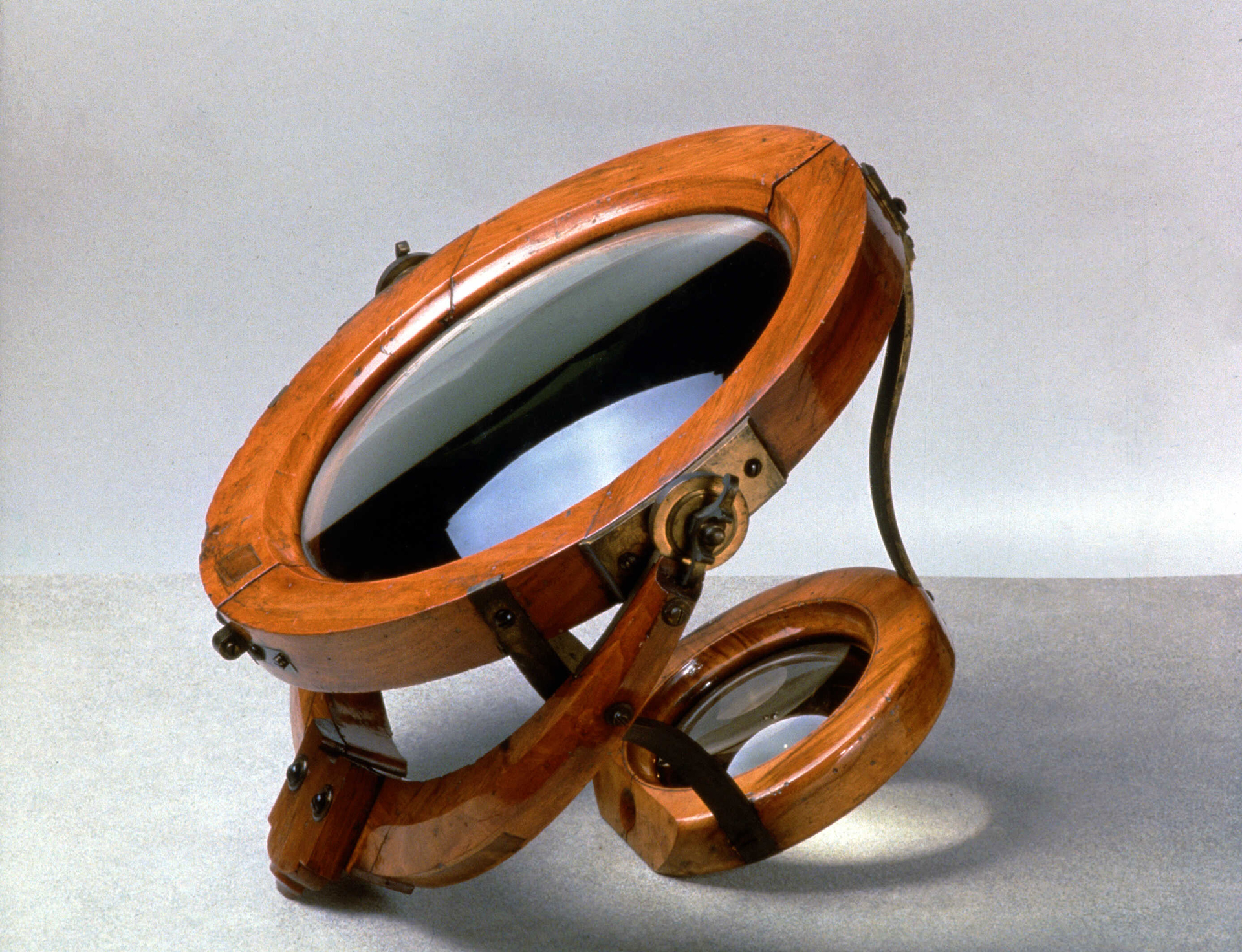
We really recommend everyone to deepen, in the company of our guides, the knowledge of the unique heritage represented by the Museum Center of Natural and Physical Sciences of Naples and its collections.
To request information about the Museum Center and the educational activities related to it, contact us through the following contact form:
